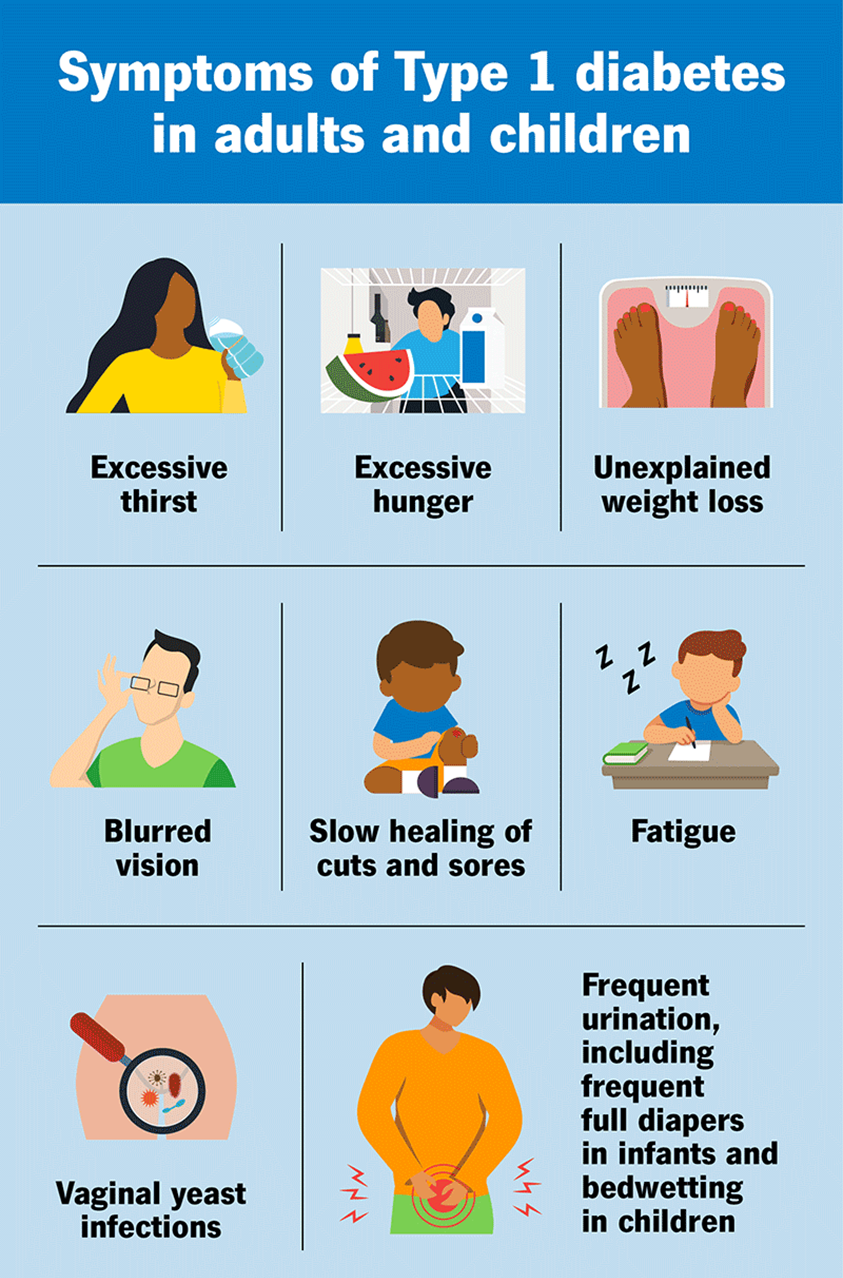A nurse is teaching a client who is newly diagnosed with type 1 diabetes mellitus about insulin safety. Which of the following statements by the nurse is appropriate?
Insulin is stable at room temperature for one month.
Insulins can be mixed in the same syringe.
Storing insulin in the freezer will prolong its stability.
Clients with type 1 diabetes mellitus should keep backup medication and supplies in their car.
The Correct Answer is A
Choice A Reason:
Insulin is stable at room temperature (between 59°F and 86°F) for up to one month. This is important for patients to know, especially if they do not have immediate access to refrigeration. However, it is crucial to avoid exposing insulin to extreme temperatures, such as direct sunlight or freezing conditions, as these can degrade the medication’s effectiveness.

Choice B Reason:
While some types of insulin can be mixed in the same syringe, this practice is not universally applicable to all insulin types. For example, rapid-acting and intermediate-acting insulins can sometimes be mixed, but long-acting insulins should not be mixed with other insulins. Therefore, this statement is not entirely accurate and should be clarified based on the specific types of insulin being used.
Choice C Reason:
Storing insulin in the freezer is not recommended as freezing can damage the insulin, rendering it ineffective. Insulin should be stored in a refrigerator at temperatures between 36°F and 46°F. If insulin is accidentally frozen, it should not be used.
Choice D Reason:
While it is advisable for clients with type 1 diabetes to have backup medication and supplies, storing them in a car is not recommended due to the potential for extreme temperature fluctuations. Insulin and other diabetes supplies should be kept in a stable, controlled environment to ensure their efficacy.
Nursing Test Bank
Naxlex Comprehensive Predictor Exams
Related Questions
Correct Answer is C
Explanation
Choice A reason:
Serum phosphate levels are not the primary concern in the management of diabetes insipidus (DI). While phosphate levels are important for overall health, they do not directly relate to the condition or its treatment with desmopressin. DI primarily affects water balance and sodium levels in the body.
Choice B reason:
Serum calcium levels, although important, are not the most critical lab value to monitor in a client with DI receiving desmopressin. Calcium levels are crucial for bone health and various metabolic functions, but they do not directly reflect the effectiveness or complications of desmopressin therapy.
Choice C reason:
Serum sodium levels are the most important lab value to monitor in a client with DI receiving desmopressin. DI causes an imbalance in water regulation, leading to excessive urination and potential dehydration. Desmopressin helps to reduce urine output and maintain water balance, but it can also lead to water retention and hyponatremia (low sodium levels). Monitoring serum sodium is crucial to prevent complications such as seizures, confusion, and other neurological symptoms associated with hyponatremia.
Choice D reason:
Blood urea nitrogen (BUN) levels are useful in assessing kidney function and hydration status, but they are not the primary concern in the management of DI with desmopressin. While BUN levels can provide valuable information about renal function, they do not directly indicate the effectiveness or potential complications of desmopressin therapy.
Correct Answer is C
Explanation
Choice A Reason:
While monitoring the frequency of urination is important for managing diabetes insipidus, it is not the most critical aspect of discharge teaching. Diabetes insipidus causes excessive urination, and patients should be aware of this symptom. However, understanding the importance of wearing a medical alert bracelet is more crucial for ensuring immediate and appropriate care in emergencies.
Choice B Reason:
Changes in appetite are not a primary concern for patients with diabetes insipidus. The condition primarily affects fluid balance and urine output rather than appetite. Therefore, this topic is less relevant compared to the need for a medical alert bracelet.
Choice C Reason:
The benefit of a medical alert bracelet is paramount for patients with diabetes insipidus. In case of an emergency, the bracelet can inform healthcare providers about the patient’s condition, ensuring they receive appropriate and timely treatment. This can be life-saving, especially if the patient is unable to communicate their medical history.
Choice D Reason:
Weight gain or loss can be a secondary concern for patients with diabetes insipidus, as the condition primarily affects fluid balance. While it is important to monitor weight to assess fluid status, it is not as critical as ensuring the patient understands the importance of wearing a medical alert bracelet.
Whether you are a student looking to ace your exams or a practicing nurse seeking to enhance your expertise , our nursing education contents will empower you with the confidence and competence to make a difference in the lives of patients and become a respected leader in the healthcare field.
Visit Naxlex, invest in your future and unlock endless possibilities with our unparalleled nursing education contents today
Report Wrong Answer on the Current Question
Do you disagree with the answer? If yes, what is your expected answer? Explain.
Kindly be descriptive with the issue you are facing.
